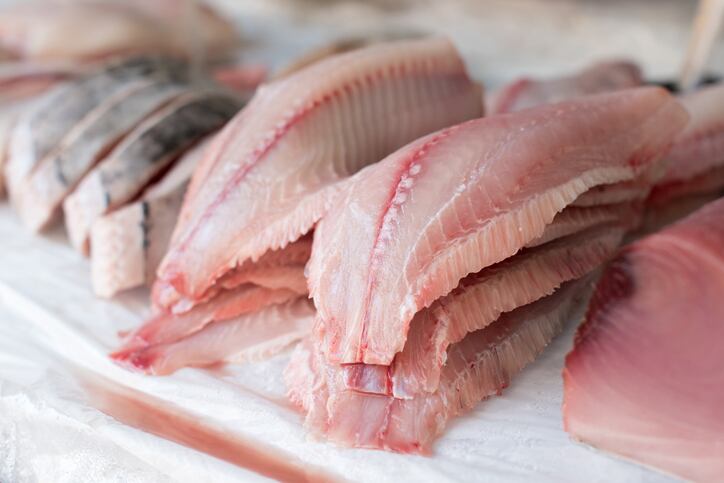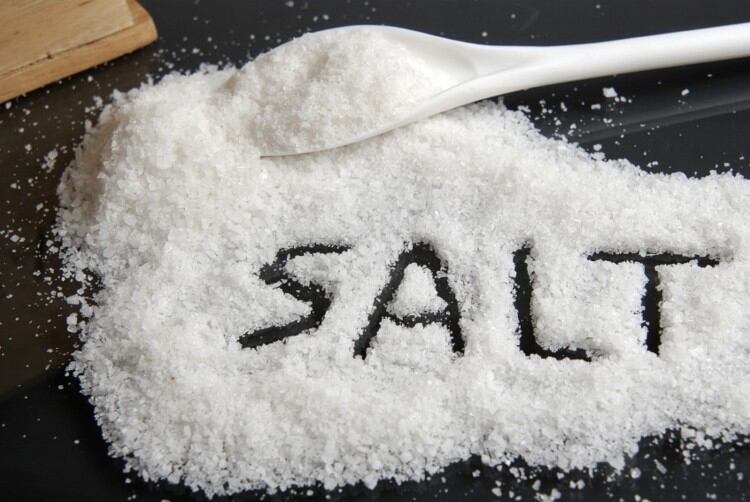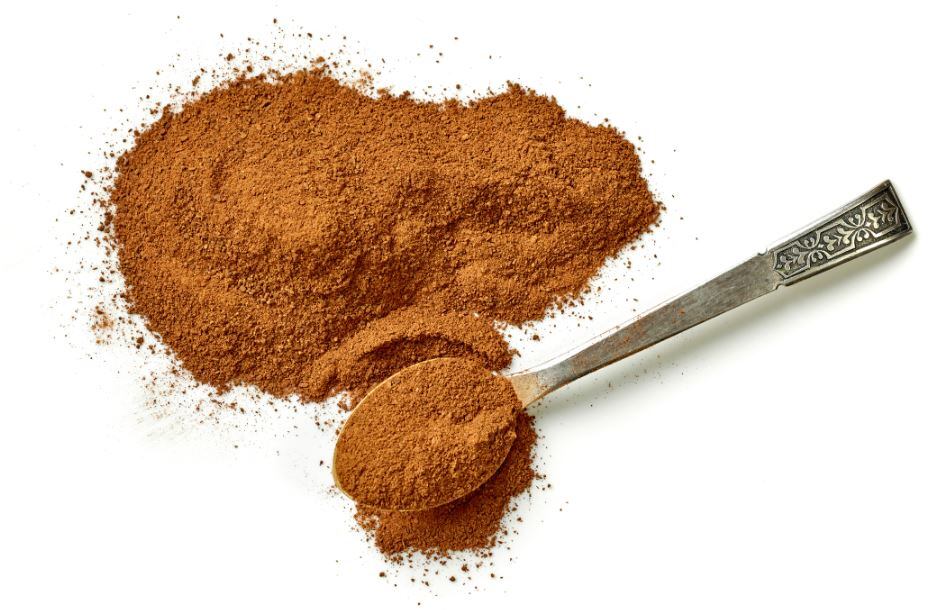A potential natural preservative, the coating was found to reduce oxidation, inhibit bacteria, and prevent discolouration in fish fillet samples.
In addition, treated samples had a longer shelf life of 15 days with good quality parameters, compared to untreated samples (control) of just five days.
Traditionally, fish was not a popular meat in the Iranian diet, with per capita consumption of only 1kg/year in the 1980s, rising to 9.2kg/year in 2014.
Most recently, Nabiollah Khoun-Mirzaei, head of Iran Fisheries Organization put the country’s fish consumption per capita at 13kg, as reported in official news agency Islamic Republic News Agency.
As fish consumption continues to increase, finding a cost-effective yet easy to implement method to keep fish fresh and in good quality could help reduce food waste throughout the supply chain.
Some methods such as high-pressure treatment, cold storage and freezing, vacuum packaging, and modified atmosphere packaging have been used to increase shelf life of fish. In recent years, there has been growing interest in active edible films and coatings, in particular natural preservatives to extend shelf life.
The findings were published in Hindawi’s Journal of Food Quality.
Sample preparation
In this study, four treatments were used. The control (untreated sample), coating with tea extract (0.5%), coated with tea (0.25%) and cinnamon extract (0.25%), and lastly coated with chitosan (2%) plus tea extract (0.25%) and cinnamon extract (0.25%).
The fish fillets were stored at refrigerated conditions (5°C), and accessed at 0, 5, 15 and 20 days.
The free fatty acid (FFA), total volatile basic nitrogen (TVBN), trimethylamine (TMA), pH, and colour of the fish fillets were measured for all treatments.
FFA, TMA and TVBN
Free fatty acids (FFAs) were produced during hydrolysis which is the degradation of triglycerides, and is often used to evaluate freshness of fish fillets. Higher levels of FFA decreases the quality of fillets.
At baseline, the FFA content in all samples was around 0.45.
At day 20, the chitosan-tea-cinnamon sample had the lowest FFA level of 2.05, compared to the other samples. FFA levels in control was 4.14, tea extract (3.24) and tea + cinnamon extract (2.45).
The production of trimethylamine (TMA) is the main factor causing odour in fish and is produced from trimethylamine oxide by microorganisms.
At baseline, the TMA content was around 0.15 mg/100 g fillet.
At day 20, fish coated with chitosan-tea-cinnamon observed the lowest increase to reach 2.06mg, followed by tea-cinnamon (2.51mg), tea (3.13mg) and control (5.17mg).
Researchers explained that production of just 2.5mg TMA in 100g fillet is enough to initiate spoilage.
The chitosan coating was found to be able to inhibit bacterial inhibition, leading to reduced TMA accumulation. The effects may also be further enhanced by the addition of tea and cinnamon extracts.
Total volatile basic nitrogen (TVBN), it is also commonly used to assess spoilage of fish fillet. The European Commission has determined 30 to 35mg N2/100 g of sample to initiate spoilage.
In this study, the average TVBN level was 13mg N2/100 g at baseline. Similarly, after 20 days, the chitosan-tea-cinnamon sample was the lowest at 39.50mg N2/100 g, compared to control’s 113mg N2/100 g.
“Our findings showed that chitosan modified with extracts can improve the shelf life due to low barrier properties. This influence can be due to extract and chitosan bactericidal properties,” researchers wrote.
Whiteness and pH levels
The colour of fish meat is affected by free water content, heme pigments, and muscle physical structure. “Changes in double bond of carotenoids and production of free radicals by lipid oxidation were the main reasons of discoloration of fillets,” researchers explained.
Based on the results, the chitosan-tea-cinnamon sample had the best results in discolouration after 20 days.
In terms of pH, pH levels tend to increase with time due to “proteolytic and autolytic enzymes produced by microorganism (which) react with nitrogen ingredient and raise the pH of samples.” Antioxidants can help reduce the rate of pH increase.
As expected, the chitosan-tea-cinnamon sample measured the lowest pH after 20 days at 5.88, compared to control’s 6.54.
The findings of this study showed that chitosan coating modified with tea and cinnamon extracts could be used as a novel active packaging and potential natural preservative to prolong the shelf life quality of fish fillet.
Chitosan haa antioxidant and antimicrobial properties, while tea is a major source of polyphenols, recognised for its anti-inflammatory and anticarcinogenic properties. Cinnamon also contains flavonoids known for its antioxidant, antidiabetic, and antimicrobial properties.
In addition, the chitosan coating could extend the shelf life of the samples to 15 days without spoilage, compared to five days for control.
Source: Journal of Food Quality, Hindawi
https://doi.org/10.1155/2020/8865234
“Chitosan-Based Coatings Incorporated with Cinnamon and Tea Extracts to Extend the Fish Fillets Shelf Life: Validation by FTIR Spectroscopy Technique”
Authors: Maryam Haghighi and Sedigheh Yazdanpanah




